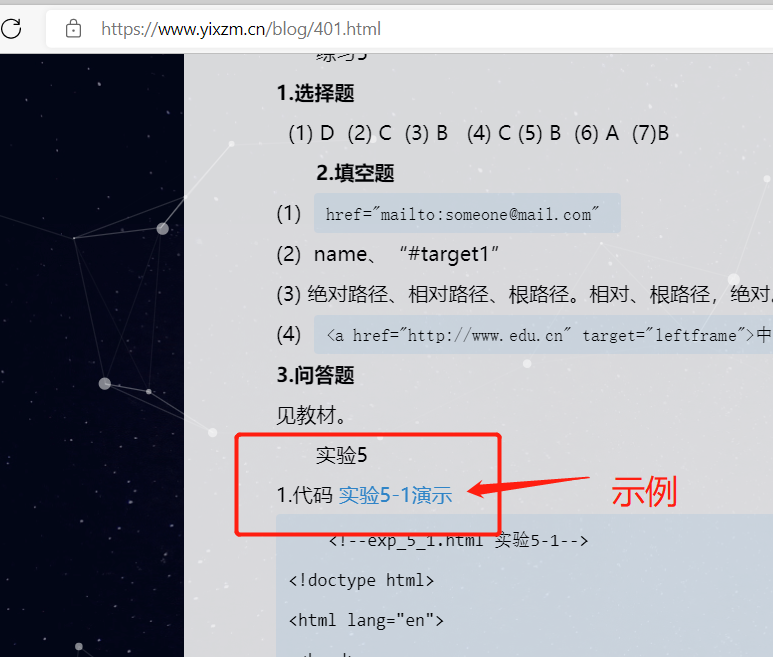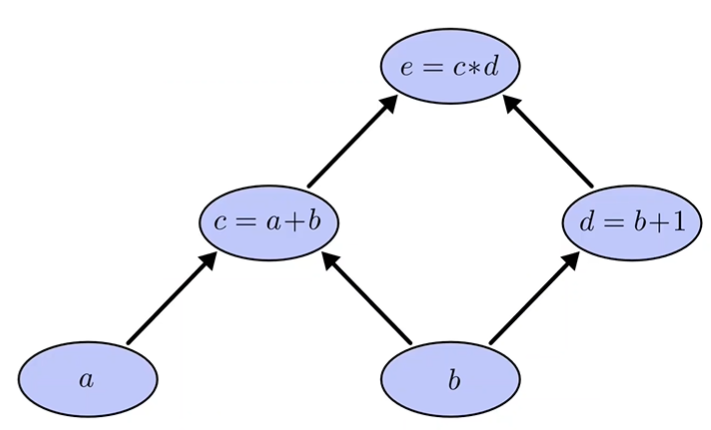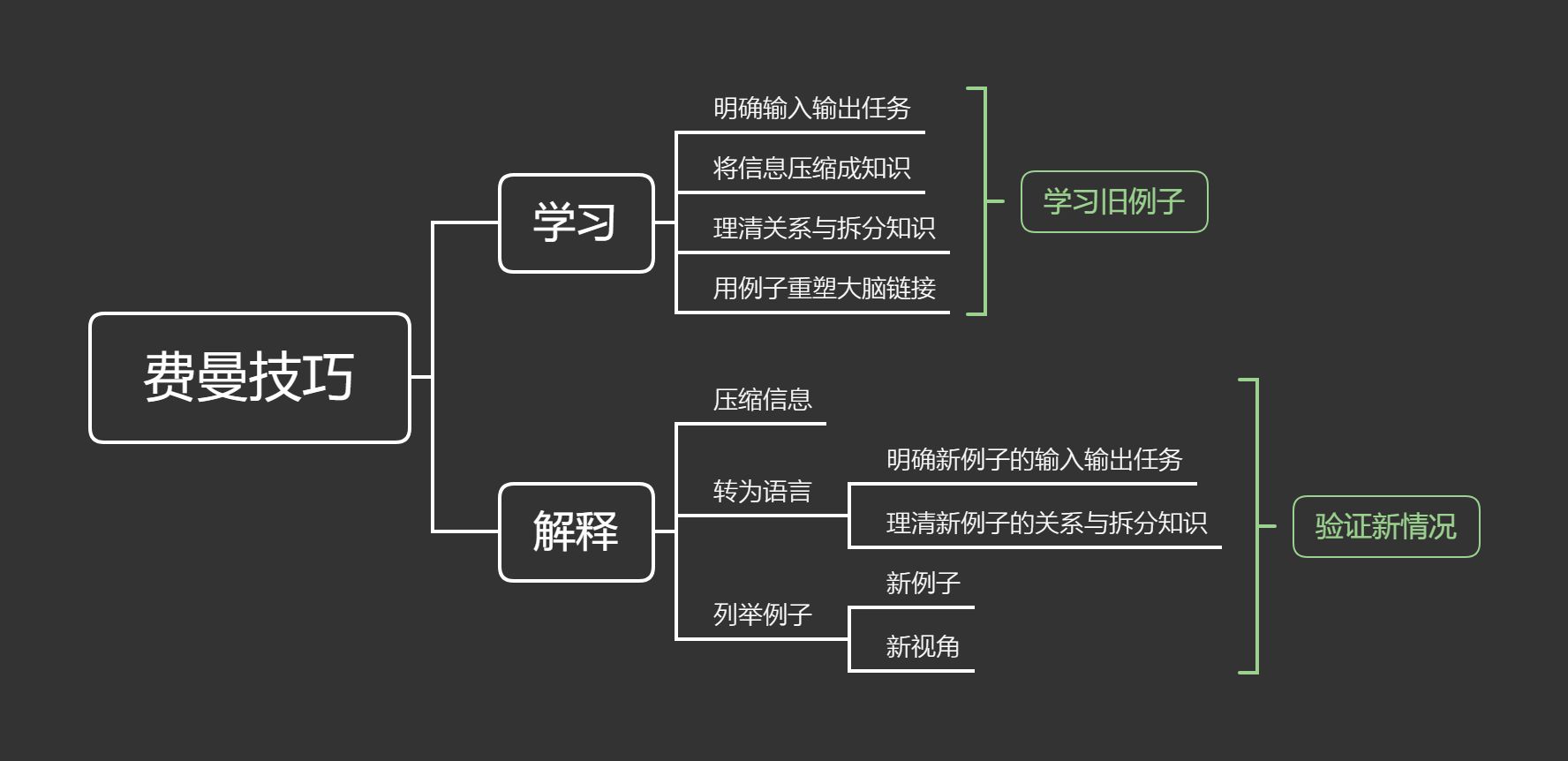算法刷题之堆
1. heapq 堆
Python 中只有最小堆:
import heapqa = []heapq.heappush(a, 3) # 添加元素heapq.heappush(a, 2)heapq.heappush(a, 1)while len(a): # 判断堆的长度print(heapq.heappop(a)) # 弹出堆顶元素# 将列表转换为最小堆nums = [2, 3, 1, 4, 5, 6]heapq.heapify(nums)while len(nums):print(heapq.heappop(nums))# 转换为最大堆nums_1 = [2, 3, 1, 4, 5, 6]max_heap = []for i in max_heap:heapq.heappush(max_heap, i * -1) # 对当前元素乘 -1 ,取出来后再乘以 -1
2. 数组中的第 K 个最大元素
215. 数组中的第K个最大元素
给定整数数组 nums 和整数 k,请返回数组中第 k 个最大的元素。请注意,你需要找的是数组排序后的第 k 个最大的元素,而不是第 k 个不同的元素。示例 1:输入: [3,2,1,5,6,4] 和 k = 2输出: 5示例 2:输入: [3,2,3,1,2,4,5,5,6] 和 k = 4输出: 4提示:1 <= k <= nums.length <= 104-104 <= nums[i] <= 104
题解一:最小堆变成最大堆
import heapqclass Solution:def findKthLargest(self, nums: List[int], k: int) -> int:# 最小堆变为最大堆a = list(map(lambda x: x * -1, nums))heapq.heapify(a)r = ""while k:r = heapq.heappop(a) * -1k -= 1return r
题解二:
import heapqclass Solution:def findKthLargest(self, nums: List[int], k: int) -> int:nums.sort()return nums[-k]
3. 前 k 个高频单词
692. 前K个高频单词
给定一个单词列表 words 和一个整数 k ,返回前 k 个出现次数最多的单词。返回的答案应该按单词出现频率由高到低排序。如果不同的单词有相同出现频率, 按字典顺序 排序。示例 1:输入: words = ["i", "love", "leetcode", "i", "love", "coding"], k = 2输出: ["i", "love"]解析: "i" 和 "love" 为出现次数最多的两个单词,均为2次。注意,按字母顺序 "i" 在 "love" 之前。示例 2:输入: ["the", "day", "is", "sunny", "the", "the", "the", "sunny", "is", "is"], k = 4输出: ["the", "is", "sunny", "day"]解析: "the", "is", "sunny" 和 "day" 是出现次数最多的四个单词,出现次数依次为 4, 3, 2 和 1 次。注意:1 <= words.length <= 5001 <= words[i] <= 10words[i] 由小写英文字母组成。k 的取值范围是 [1, 不同 words[i] 的数量]
题解一:最大堆 + 哈希表
import heapqfrom collections import Counterclass Solution:def topKFrequent(self, words: List[str], k: int) -> List[str]:info = Counter(words)max_heap = []for word, cnt in info.items():heapq.heappush(max_heap, (-cnt, word))r = []while k:temp = heapq.heappop(max_heap)r.append(temp[1])k -= 1return r
Counter会获取元素的个数,并按照从大到小排序heapq.heappush([], item):可以添加元组,按照第一个元素进行排序,若第一个元素也相同,则按照字典序排序def demo1():
words = [(2, 'b'), (2, 'a'), (3, 'b'), (1, 'c')]min_heap = []for word in words:heapq.heappush(min_heap, word)while len(min_heap):print(heapq.heappop(min_heap))"""(1, 'c')(2, 'a')(2, 'b')(3, 'b')"""
题解二:cmp_to_key + sorted
import heapqfrom functools import cmp_to_keyclass Solution:def topKFrequent(self, words: List[str], k: int) -> List[str]:# 哈希表保存 word 个数info = {}for word in words:info[word] = info.get(word, 0) + 1# 排序def compare(word1, word2):"""比较相邻两个单词"""if info[word1] == info[word2]:# 单词数目相同,比较单词的字典序if word1 < word2:return -1else:return 1elif info[word1] > info[word2]: # 前一个单词的次数大于后一个单词次数,不交换return -1else:return 1 # 小于则交换return sorted(info.keys(), key=cmp_to_key(compare))[:k]
注意:
sorted的key参数提供的比较函数,默认只能提供一个元素,如果想两两比较,提供两个元素可以使用cmp_to_key方法。参考:692.前K个高频单词 Python双解,包教包会!



































还没有评论,来说两句吧...